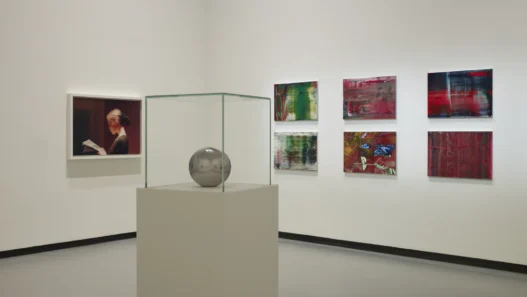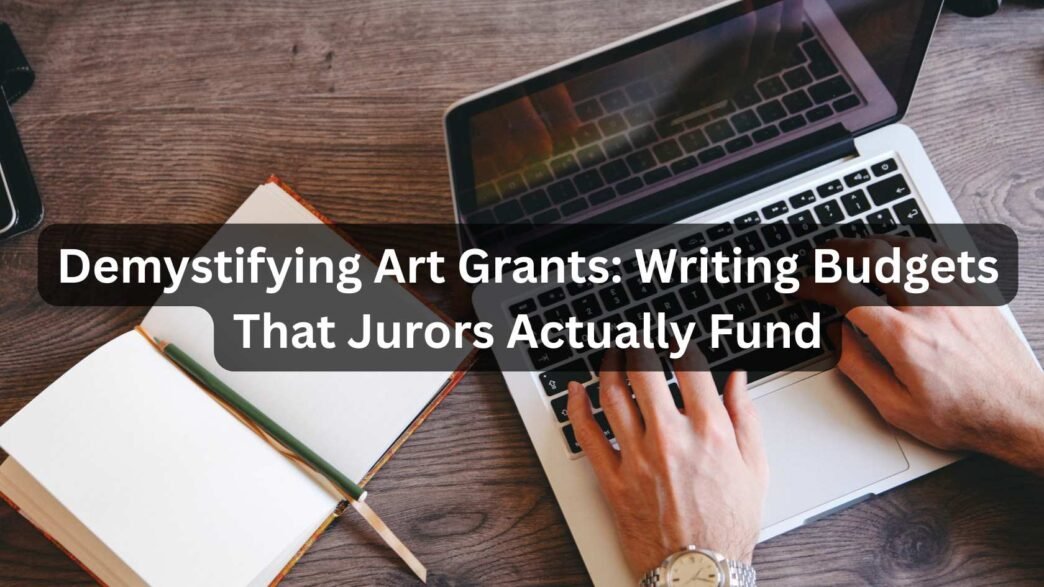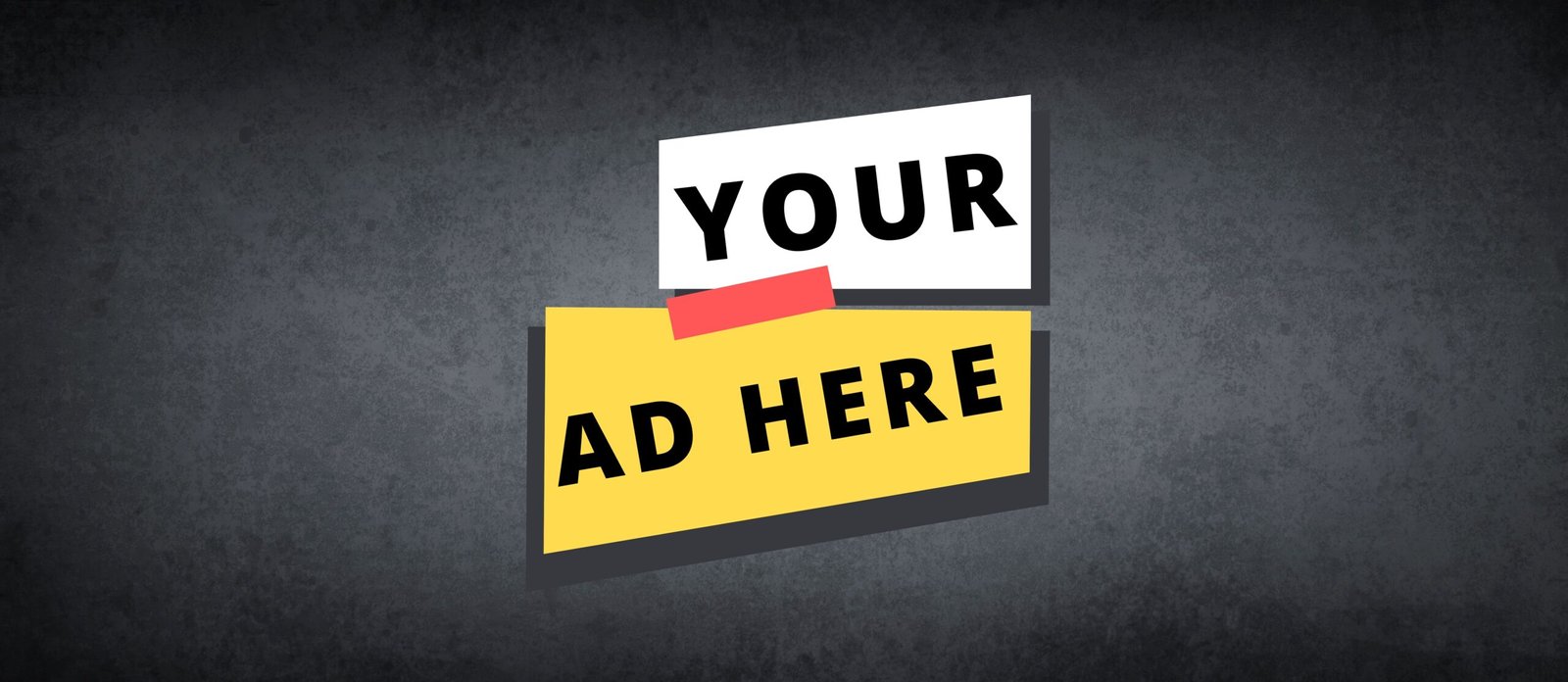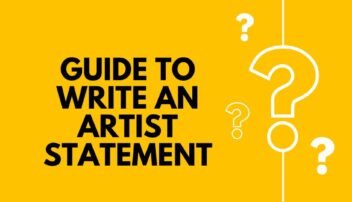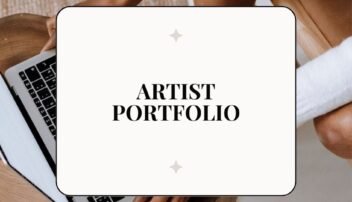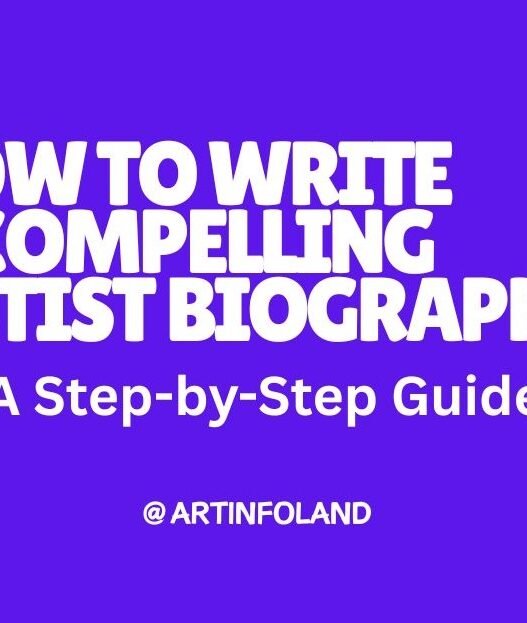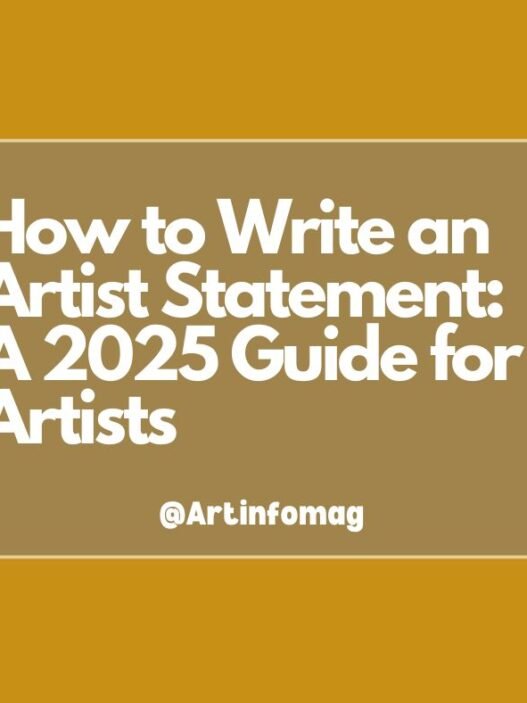For many artists, securing a grant can mean the difference between realizing an ambitious project and watching it fade on the drawing board. However, the most compelling artistic vision often fails not because of the art, but because of a poorly constructed budget. Jurors—who are typically artists, curators, and administrators—need assurance that you understand the financial realities of your proposal.
A successful grant budget is not just a list of expenses; it’s a financial translation of your artistic concept. It proves you are both a visionary and a responsible project manager.
1. The Core Principle: Budget as Narrative
The most common mistake is creating a budget that doesn’t align with the narrative of the proposal. Every line item in your budget must directly justify an activity described in the project narrative.
| Bad Budget Line | Good Budget Line (Tied to Narrative) |
| Materials: $800 | Archival Pigment Ink, 12 cartridges (for 40 large-format prints as specified in section II): $800 |
| Studio Rent: $1,500 | Dedicated fabrication space rental for 3 months (Mar-May) for installation build, prior to delivery: $1,500 |
Key Takeaway for Jurors:
Jurors want to see that you’ve done your research. Vague, lump-sum costs look lazy and suggest you’ve only guessed the actual price.1 Specific, itemized costs show planning and professionalism.
2. Prioritizing the Artist Stipend (Your Time)
A common mistake, especially among emerging artists, is to treat the grant as a supply fund while failing to pay themselves. Jurors and funders increasingly prioritize funding the artist’s labor.
How to Budget for Yourself:
- Artist Fee/Stipend: This is payment for your creative labor. Instead of a random number, calculate it based on a reasonable hourly or daily wage multiplied by the estimated project duration.
- Example: 60 days of conceptualization, fabrication, and installation @ $300/day = $18,000.
- Time Allocation: Be transparent about where the time is spent (e.g., 20% research, 50% studio production, 30% installation). This justifies the final number.
- Do Not Bury It: List the artist stipend or fee as a clear, high-priority line item separate from materials. This signals that you value your own professional time.
3. Demystifying Overhead and Indirect Costs
Many artists shy away from including overhead costs, believing grants only fund “direct” expenses. However, a professional budget acknowledges that a project has indirect costs.
| Cost Type | Definition | Budget Example |
| Direct Costs | Expenses directly and solely attributable to the project. | Supplies, specialized equipment rental, printing, fabrication labor. |
| Indirect/Overhead Costs | Expenses necessary to run a professional practice but not exclusive to the project. | Proportionate share of studio insurance, administrative software (e.g., accounting), utilities for the studio. |
When including overhead, state it as a percentage of the total Direct Costs (usually 5% to 15%). This demonstrates you run a sustainable practice.
💡 Pro Tip: If the grant guidelines prohibit funding general studio rent or utilities, you can still include a proportionate share of these expenses only for the time the project requires them.
4. The Power of “In-Kind” Contributions
Grants often favor projects that show other people or organizations are already invested. In-kind support is the value of donated goods or services that you do not request money for, but are essential to the project.2
Example In-Kind Contributions:
- Donated time (e.g., a friend designing your exhibition postcard).
- Lent equipment (e.g., borrowing a high-end camera).
- Space usage (e.g., a community center letting you use their auditorium for a presentation).
List these contributions in a separate section of your budget (or in a notes column) and assign them a fair market value.
Result for Jurors: A budget of $10,000 with $5,000 in-kind support shows the jurors that your total project value is $15,000, meaning the grant is acting as leverage, not the sole source of funding.
5. Formatting and Notes: The Professional Touch
Presenting a clear, readable budget can be as important as the numbers themselves.
- Use a Clear Table: Always use columns: Line Item, Detailed Description, Estimated Cost, Source of Funding (e.g., Grant Request, In-Kind, Personal Funds).
- Add a Narrative Notes Section: For any expense over a certain threshold (e.g., $500), include a brief, specific note explaining why that cost is necessary. For example: “Framing costs are high due to necessity of museum-quality, UV-protective acrylic for the delicate photographic medium.”
- Ensure Totals Match: Double-check that the “Total Grant Request” figure exactly matches the total number cited in your application summary. Discrepancies here are instant red flags for a tired juror.
A well-constructed budget proves you respect the funder’s money and have the organizational discipline to execute the artistic vision successfully.3 It turns a hopeful proposal into a fundable project.


